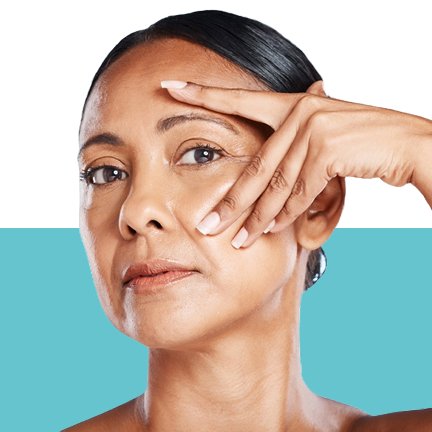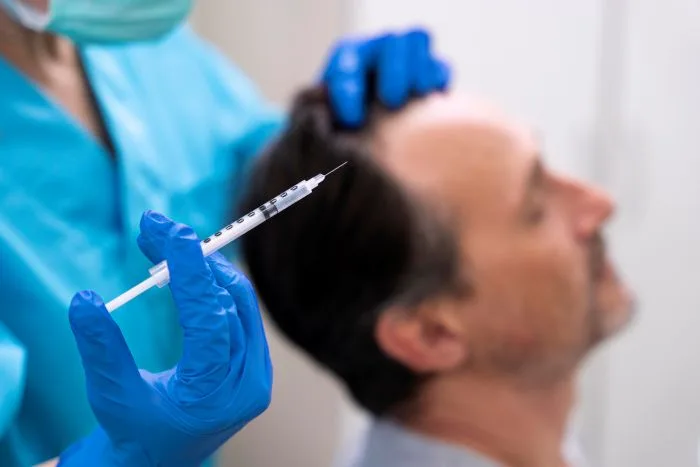
Introduction: Hair Loss in Men Isn't Just Cosmetic
For many men, hair isn’t just hair—it’s a symbol of youth, confidence, and masculinity. But hair loss can start early, sometimes even in your late teens or early twenties. It often begins subtly—more strands on the pillow, a widening part, or a thinning crown—and before you know it, the mirror reflects a reality you weren’t prepared for.
The key? Act early. Hair loss is easier to prevent than reverse. And that’s where PRP (Platelet-Rich Plasma) therapy comes in. Backed by science and favored by dermatologists worldwide, PRP is one of the most promising non-surgical treatments to combat early-stage hair loss in men.
Male Pattern Baldness: What You're Up Against
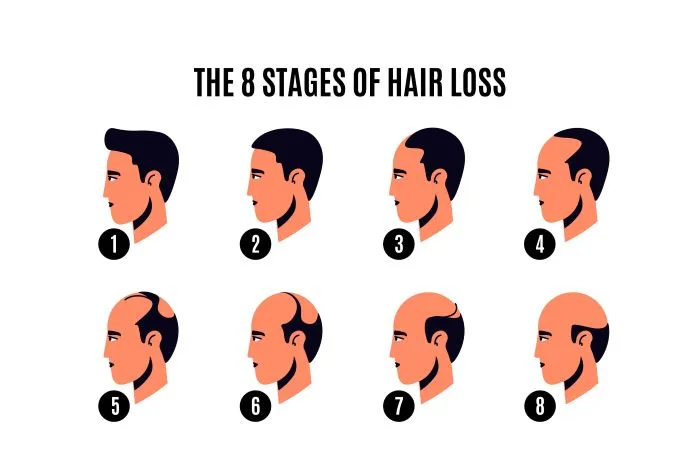
The most common cause of hair loss in men is androgenetic alopecia, also known as male pattern baldness. It’s a genetic condition caused by sensitivity to Dihydrotestosterone (DHT), a hormone that shrinks hair follicles over time. The result? Thinner hair, slower regrowth, and eventually, bald patches.
Male pattern hair loss follows a predictable pattern—starting with a receding hairline or thinning at the crown. Without intervention, this condition progresses and can lead to complete baldness on the top of the head, leaving only hair on the sides and back.
Key triggers include:
- Genetic
- Hormonal imbalances
- Stress
- Poor nutrition
- Medical conditions
While some men choose to embrace baldness, others seek proactive treatment. PRP offers a way to slow down or even stop this process in its tracks—especially when caught early.
How PRP Works: Using Your Blood to Regrow Hair
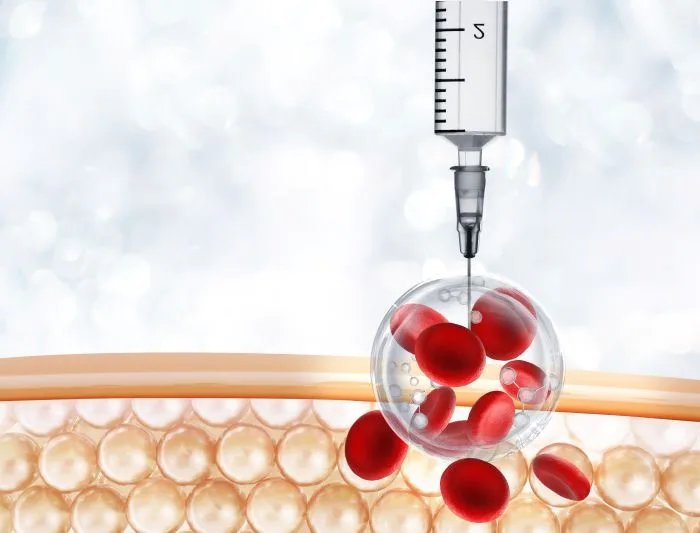
PRP stands for Platelet-Rich Plasma, a component of your blood that’s rich in growth factors—proteins that aid tissue repair and regeneration. In PRP therapy for hair loss, a small amount of your blood is drawn, processed to isolate platelets, and then injected directly into the scalp.
Here’s how it works:
- Blood Draw: A vial of blood is drawn from your arm.
- Centrifugation: The blood is spun in a centrifuge to separate the plasma from red blood cells and other components.
- Platelet Extraction: The PRP is extracted—this contains up to 5 times more platelets than normal blood.
- Scalp Injection: Using fine needles, the PRP is injected into areas of the scalp experiencing hair thinning or loss.
PRP stimulates:
- Blood supply to the hair follicle
- Growth of new hair and thickening of existing strands
- Cell repair and collagen production, strengthening the scalp
This treatment is all-natural, autologous (uses your own blood), and doesn’t involve any foreign chemicals or surgeries—making it a favorite among men seeking minimally invasive options.
How Long Does It Take to See Results?
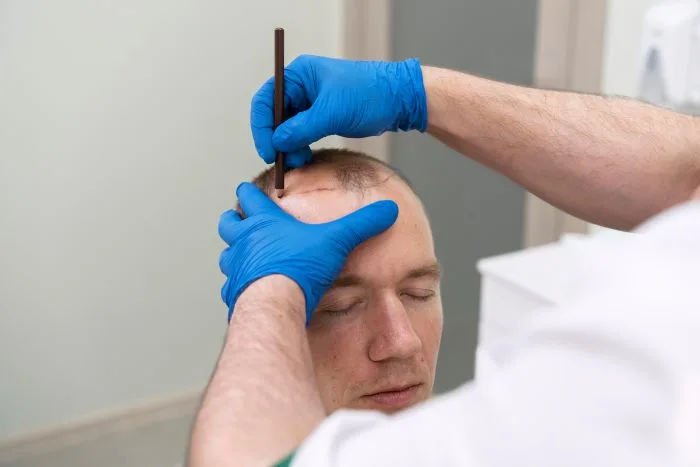
PRP isn’t an overnight fix. Hair grows in cycles, so patience is key. Here’s what a typical PRP treatment timeline looks like:
Initial Phase (First 3 Months)
- Most men undergo 3–4 sessions, spaced about 4–6 weeks apart.
- Some reduction in shedding is often noticeable within the first two months.
Mid Phase (3–6 Months)
- You’ll likely start noticing thicker hair and new growth, especially in areas like the crown or hairline.
- Hair may feel denser and stronger.
Full Results (6–12 Months)
- By 6–9 months, visible improvements in hair volume, density, and texture are common.
- After a year, many patients schedule maintenance treatments every 4–6 months.
The earlier you start PRP—before complete follicle death—the better your results will be. It works best when there’s still some hair growth and the follicles haven’t gone dormant.
Pre- and Post-PRP Care: Setting the Stage for Success
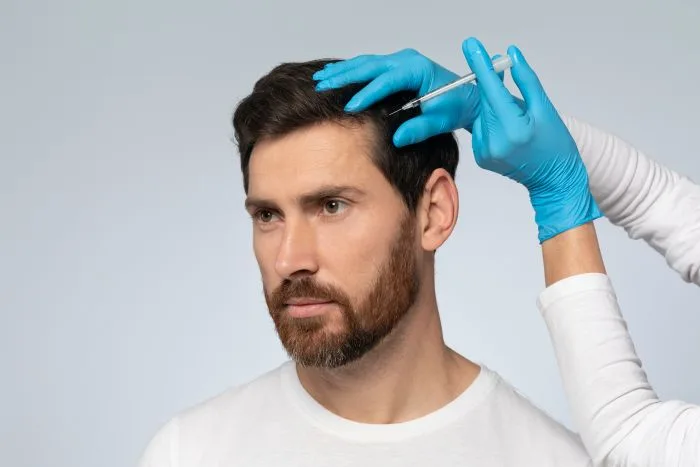
Pre-Treatment Tips:
- Avoid anti-inflammatory meds (like ibuprofen) for at least 48 hours before the procedure.
- No alcohol or smoking 24 hours before treatment.
- Wash your hair thoroughly the morning of your session—no hair products.
- Stay well-hydrated and eat a healthy meal before your appointment.
Post-Treatment Care:
- Avoid washing your scalp or applying products for at least 24–48 hours.
- Skip strenuous workouts, saunas, or steam rooms for 48 hours.
- Mild redness, swelling, or tenderness at injection sites is normal for a day or two.
- Don’t use hair dye, minoxidil, or other topicals until cleared by your doctor (usually after 2–3 days).
Following your provider’s care routine closely can significantly enhance your results.
Maintenance: Keeping the Results Going

Hair loss doesn’t stop after one treatment—and neither should you.
Maintenance Recommendations:
- Follow-up treatments every 4–6 months for long-term maintenance.
- Combine PRP with other treatments like minoxidil (Rogaine) or finasteride (Propecia) for better results—your doctor will advise based on your condition.
- Maintain a healthy lifestyle: good nutrition, hydration, and stress management help maximize PRP’s effectiveness.
PRP is not a one-time miracle, but a long-term strategy. With consistent follow-ups and proper hair care, you can delay or even avoid significant hair loss altogether.
Consultation: When to See a Specialist

Not all hair loss is the same—and neither is every scalp. That’s why an expert consultation is the first and most important step.
During your PRP consultation, a dermatologist or hair specialist will:
- Evaluate your scalp and hair density
- Discuss your medical history
- Possibly conduct tests to rule out other causes like thyroid issues or nutritional deficiencies
- Create a tailored treatment plan based on your hair loss pattern
Ideal candidates for PRP include:
- Men in the early stages of hair thinning
- Those with androgenetic alopecia or stress-induced shedding
- Men who want a natural, non-surgical approach
If your scalp has already gone completely bald in areas, PRP may not be as effective—since it works by reviving weakened follicles, not creating new ones. In such cases, you might be better suited for a hair transplant or combination therapies.
Final Thoughts: Is PRP Worth It?

PRP for hair loss in men is safe, natural, and backed by science. It’s especially effective in the early stages of hair fall, when the follicles are still alive but underperforming. It doesn’t require surgery, has minimal downtime, and uses your body’s own healing factors to bring life back to your scalp.
While it’s not a guaranteed cure for baldness, it’s one of the most effective early-intervention treatments out there—and many men find it’s worth the investment.
If you’re starting to notice thinning, receding, or excessive shedding, don’t wait. Early action is the best defense against long-term hair loss. A quick consultation with a dermatologist could be your first step toward thicker, healthier hair.
- PRP (Platelet-Rich Plasma) is a treatment that uses your own blood to stimulate hair regrowth.
- Best for men in the early stages of hair thinning or pattern baldness.
- Non-surgical, safe, and natural—with results showing in 3–6 months.
- Requires multiple sessions and maintenance every 4–6 months.
Start early for the best results—once follicles die, they can’t be revived.
Ready to give your skin and hair a cellular-level boost? Exosome therapy is an innovative solution in aesthetic wellness—trusted by dermatologists in Delhi for advanced hair fall treatment and skin rejuvenation.



